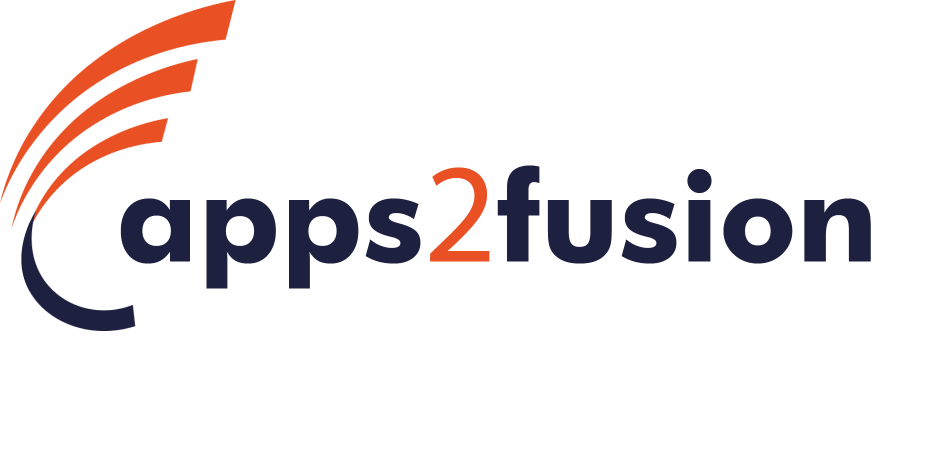Payables to General Ledger Reconciliation Report in Oracle Fusion Applications
In the realm of finance, maintaining accurate and reconciled records is crucial for ensuring the integrity of financial statements. The Payables to General Ledger Reconciliation Report in Oracle Fusion Applications serves as a valuable tool for streamlining the reconciliation process and identifying any discrepancies between payables data and the GL. Let’s explore the intricacies of its key concepts.

Understanding the Payables to General Ledger Reconciliation Report
The Payables to General Ledger Reconciliation Report provides a comprehensive overview of the reconciliation process, presenting both summarized and detailed data for review. The summary report displays the beginning and ending balances for payables and accounting, along with a breakdown of activity for the specified period. Additionally, the report highlights any differences between transactional and accounted amounts, enabling users to pinpoint and address potential discrepancies.
Key Considerations When Running the Payables to General Ledger Reconciliation Report
To ensure the accuracy and effectiveness of the reconciliation process, it’s essential to consider the following points when running the Payables to General Ledger Reconciliation Report:
- Differences Between Transactional and Accounted Amounts: Any discrepancies between transactional and accounted amounts warrant further investigation, as they may indicate errors in data entry, accounting procedures, or subledger integrations.
- Differences Between Summary and Detail Amounts: The summary report may not always align perfectly with the detail pages due to data modifications made after the initial data extract. To minimize these discrepancies, it’s recommended to close the Payables accounting period and complete any outstanding accounting activities before running the extract.
- Differences Between Reconciliation Reports and Other Payables Reports: There may be variations in data displayed across different Payables reports due to factors such as intercompany transactions, date ranges, and the exclusion or inclusion of specific transactions.
- Differences Due to Rounding: Rounding differences can arise when calculating invoice distributions and invoice payments, but these discrepancies are typically written off by Payables during the final payment or prepayment application.
- Differences Due to Unvalidated Transactions: Unvalidated transactions, which are incomplete or have validation issues, are not included in the Payables Begin Balance and Payables End Balance amounts. The Payables Variance section of the reconciliation report will reflect any unvalidated transactions for the current period.
Considering a career in Oracle Fusion Financials ?
Benefits of Utilizing the Payables to General Ledger Reconciliation Report
The Payables to General Ledger Reconciliation Report offers several advantages for streamlining financial processes:
- Improved Accuracy: The report facilitates the identification and correction of discrepancies, ensuring the accuracy of financial records.
- Enhanced Efficiency: By automating the reconciliation process, the report saves time and effort compared to manual methods.
- Reduced Risk of Errors: The report helps minimize the risk of errors that could lead to financial misstatements.
- Strengthened Internal Controls: The reconciliation process contributes to robust internal controls and compliance with financial reporting standards.
In conclusion, the Payables to General Ledger Reconciliation Report in Oracle Fusion Applications plays a pivotal role in maintaining the integrity of financial data and ensuring accurate financial reporting. By understanding the report’s functionalities and considering the key points outlined above, organizations can effectively reconcile payables data with the GL, thereby enhancing financial transparency and accountability.







